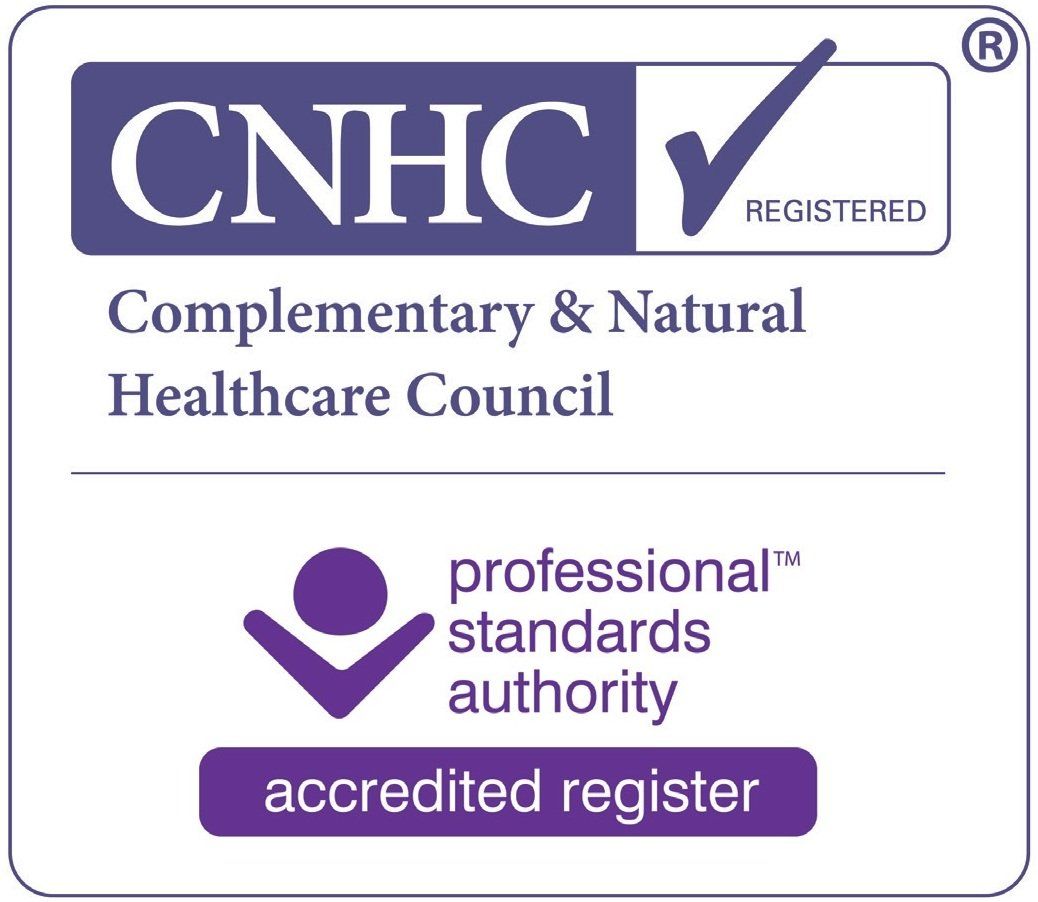How does a Massage Therapist help in an occupational setting?
Massage therapy can be used to treat a number of common issues associated with occupational health.
Most people think of massage as a luxury, something you might treat yourself to once in a while, but some employers are discovering that massage can be a valid treatment option for many work-related injuries.
Massage treatment can be especially beneficial when applied to individuals with acute pain, chronic pain, poor posture or impaired movement patterns and stress.
There are many forms of massage therapy treatments.
In an occupational setting treatment will invariably focus on relieving muscular and skeletal conditions and improve functional health and well-being.
Sports massage, Myofascial massage and Orthopaedic Massage are a form of physical therapy directed at functional health of the muscular skeletal and neuromuscular system.
What will an occupational massage therapist do?
Hours spent sitting at a desk or working with heavy machinery can stress the body physically, mentally and emotionally over time.
If a member of staff presents with an acute injury or a chronic pain syndrome the therapist will start by assessing the symptoms and the cause of a condition, discuss a treatment plan and advise how to manage or prevent reoccurrence of the condition. The main priority during the treatment process is to relieve any immediate pain or discomfort being experienced and to provide reassurance.
Stress can also be demanding physically, mentally and emotionally. Symptoms of stress can lead to a wearisome cycle of physical tension, reduced energy and disturbed sleep patterns. Without some form of intervention symptoms of stress can have an adverse affect on a person’s long term health. Therefore, treatments such as a Sports massage, Myofascial massage or Orthopaedic massage can provide restorative relief from stress.
The treatment process incorporates mobilisation techniques to improve posture, impaired movement patterns and hypertension.
After the treatment session, a self help plan is discussed and created specially tailored for your circumstances and needs.
Further consultation may be recommended if required or requested if it is thought to be beneficial. In more complex cases referral can be prescribed to other healthcare professionals.
